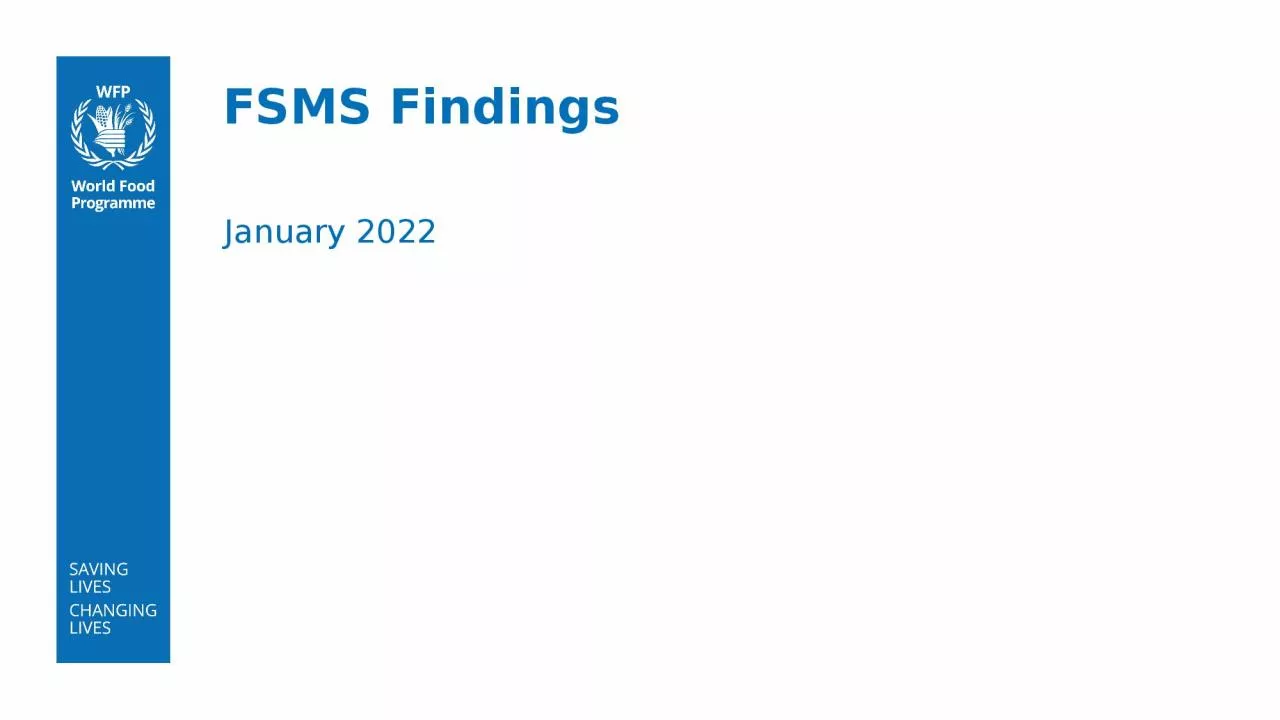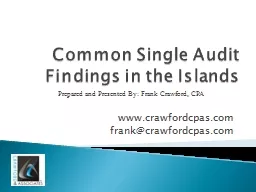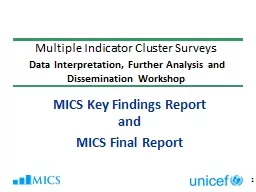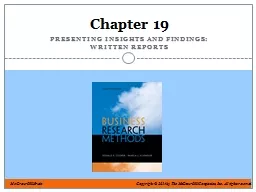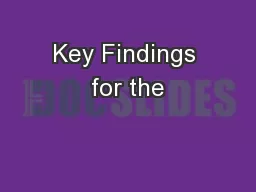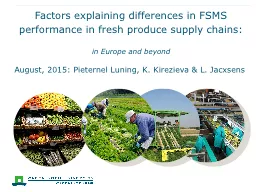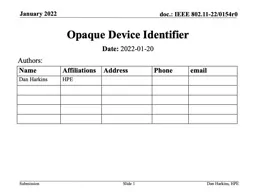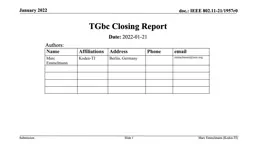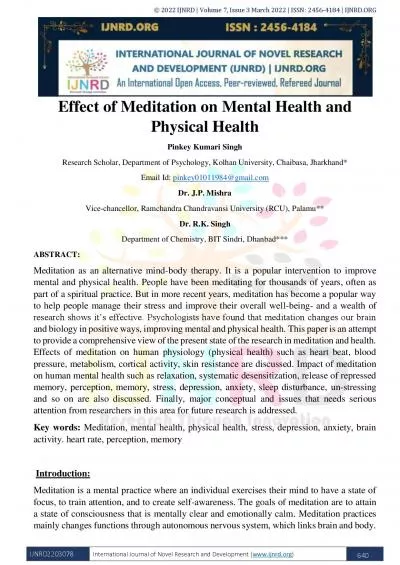PPT-FSMS Findings January 2022
Author : WhiteGhost | Published Date : 2022-08-03
FSMS introduction The 32nd round of the Food Security Monitoring System FSMS was conducted between June and August 2021 Data collected from 12600 refugee and IDP
Presentation Embed Code
Download Presentation
Download Presentation The PPT/PDF document "FSMS Findings January 2022" is the property of its rightful owner. Permission is granted to download and print the materials on this website for personal, non-commercial use only, and to display it on your personal computer provided you do not modify the materials and that you retain all copyright notices contained in the materials. By downloading content from our website, you accept the terms of this agreement.
FSMS Findings January 2022: Transcript
Download Rules Of Document
"FSMS Findings January 2022"The content belongs to its owner. You may download and print it for personal use, without modification, and keep all copyright notices. By downloading, you agree to these terms.
Related Documents

